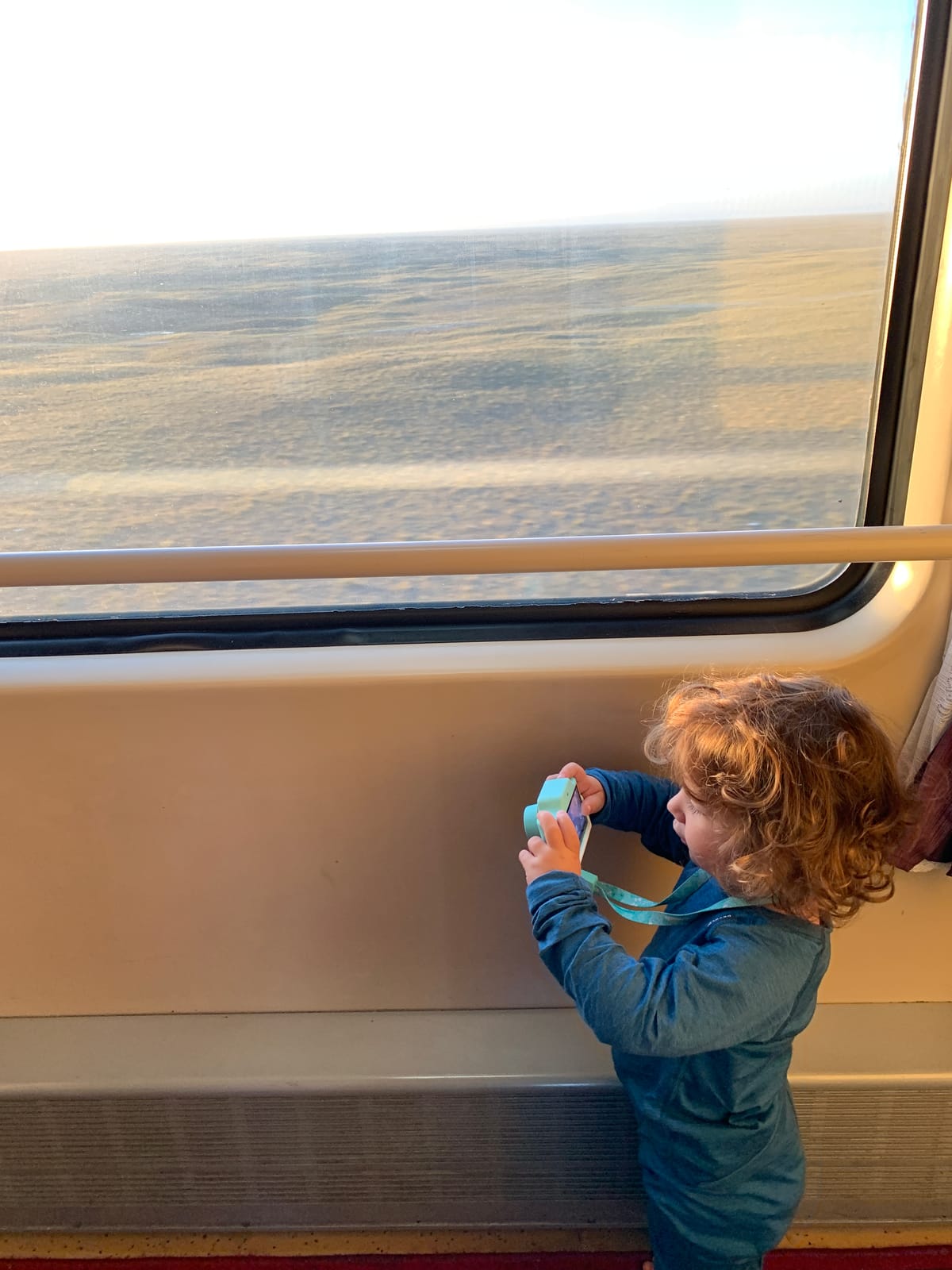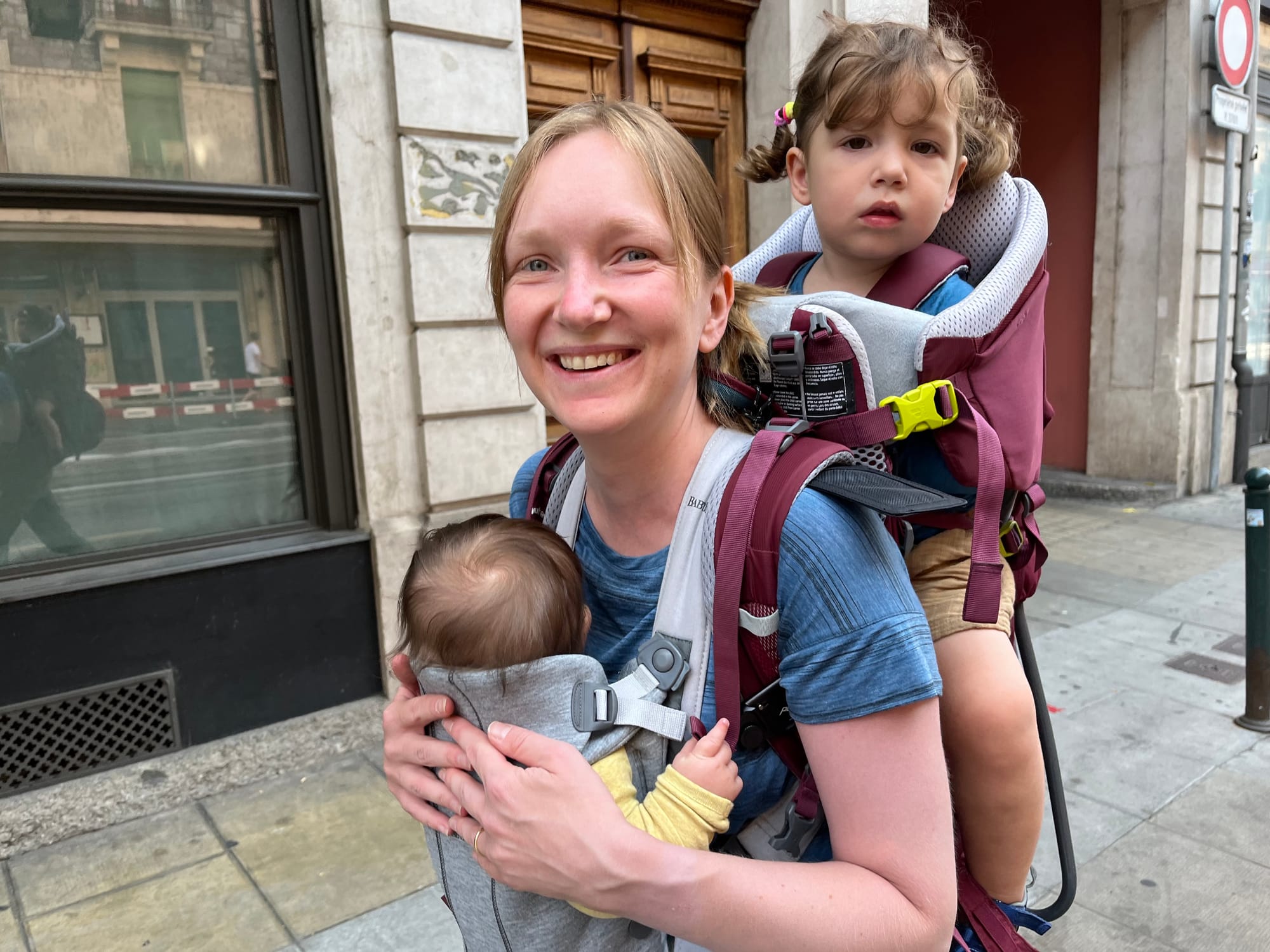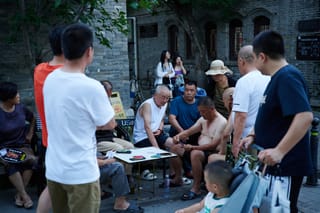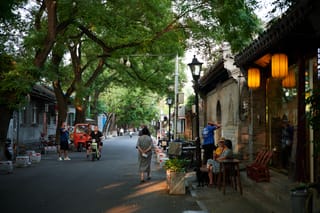
Xining - the gateway to Tibet
Share this post:
While not one of the major tourist destinations in China, this capital of the Qinghai province is the starting point of the Qinghai-Tibet highway, making it the popular stopover for the tourists traveling towards Tibet.
Where is it
Xining, the capital city of Qinghai Province, is nestled in the northeastern part of the Tibetan Plateau in western China. Situated at an elevation of about 2,275 meters (7,464 feet), this historic city serves as a gateway to the breathtaking landscapes of the Qinghai-Tibet Plateau and the cultural riches of Tibet. Xining is renowned for its diverse ethnic mix, including Han Chinese, Tibetans, Hui, and Tu minorities, making it a fascinating melting pot of cultures and traditions.
Why go?
Xining offers a unique blend of Tibetan and Chinese cultures, making it an ideal destination for travelers seeking an authentic cultural experience without the complexities of visiting Tibet proper. The city serves as an excellent base for acclimatization before venturing into higher-altitude regions, while also boasting attractions like the stunning Kumbum Monastery and the serene Qinghai Lake, China's largest inland saltwater lake. Moreover, Xining's diverse culinary scene, featuring specialties like hand-pulled noodles and yak meat dishes, provides a tantalising journey for food enthusiasts eager to explore the flavors of western China.
How to get there?
Xining, as the capital of Qinghai Province is a transport hub and the start of Qinghai-Tibet Railway. It is easily accessible by train from all directions.
Getting there by train:
- Beijing: 10h on high-speed train
- Lhasa: 21h on a night train
- Urumqi: 10h on high-speed train
- Chengdu: 9h on high-speed train or 15h on a night train
Where to stay
The best place to stay in Xining is in its lively Muslim quarter where there is plenty of stuff going on and lots of food options available. The tricky part is, that most hotels that accept international travellers (in China not all hotels are allowed to host international tourists) are located in the outskirts of the city near the train station.
As Xining doesn't have a metro yet, travelling around the city is not as easy as in other major Chinese cities that do have metro, which is why it is crucial to pick the right location. I would recommend going for the Muslim quarter, and just taking a taxi to the train station on the day of travel rather than staying far away from the centre.
We had trouble finding a hotel there, in the end we found one and it was ok:

What people usually do in Xining?
- Visit Ta'er Monastery (Kumbum Monastery): A significant Tibetan Buddhist monastery known for its architecture and religious importance.
- Explore Dongguan Mosque: One of the largest mosques in China, featuring a blend of Chinese and Islamic architectural styles.
- Tour Qinghai Lake: The largest lake in China, known for its beautiful scenery and surrounding grasslands.
- Visit the Qinghai-Tibet Plateau Wildlife Zoo: To see native animals like Tibetan antelopes and snow leopards.
- Explore Riyue Mountain: Known for its scenic views and historical significance as a gateway between Central China and Tibet.
- Taste local cuisine: Try specialties like hand-pulled noodles, yak meat, and Tibetan-style momos (dumplings).
- Visit the Qinghai Provincial Museum: To learn about the region's history and diverse ethnic cultures.
- Experience the Sanjiangyuan National Park: The source of three major rivers - the Yellow, Yangtze, and Mekong.
- Shop at Xining Night Market: For local products, street food, and to experience the city's nightlife.
- Take a day trip to the Zhangye Danxia Landform: Known for its colorful rock formations, though this requires additional travel from Xining.
What did we enjoy in Xining?
Our stay in Tibet was meant as a preparation for high altitudes of Tibet and we stayed 3 days and 2 nights there.
Our biggest highlight was by far the food market in the Muslim quater, as well as walking around that neighbourhood, visiting the Mosque (well, Hanna and my husband did anyway) and interacting with the locals. As much as anywhere else, people were super friendly towards us and very curious about what brought us there.
We also hired a driver for the day and explored the Qinghai Lake - which was our final altitude test before jumping on the train to Tibet. While the lake itself is impressive - it is the largest lake in China - as with any major natural wonder in China, it does feel like the infrastructure is a bit too developed and it is 110% touristy. It was still a fun day out and kids enjoyed it a lot.
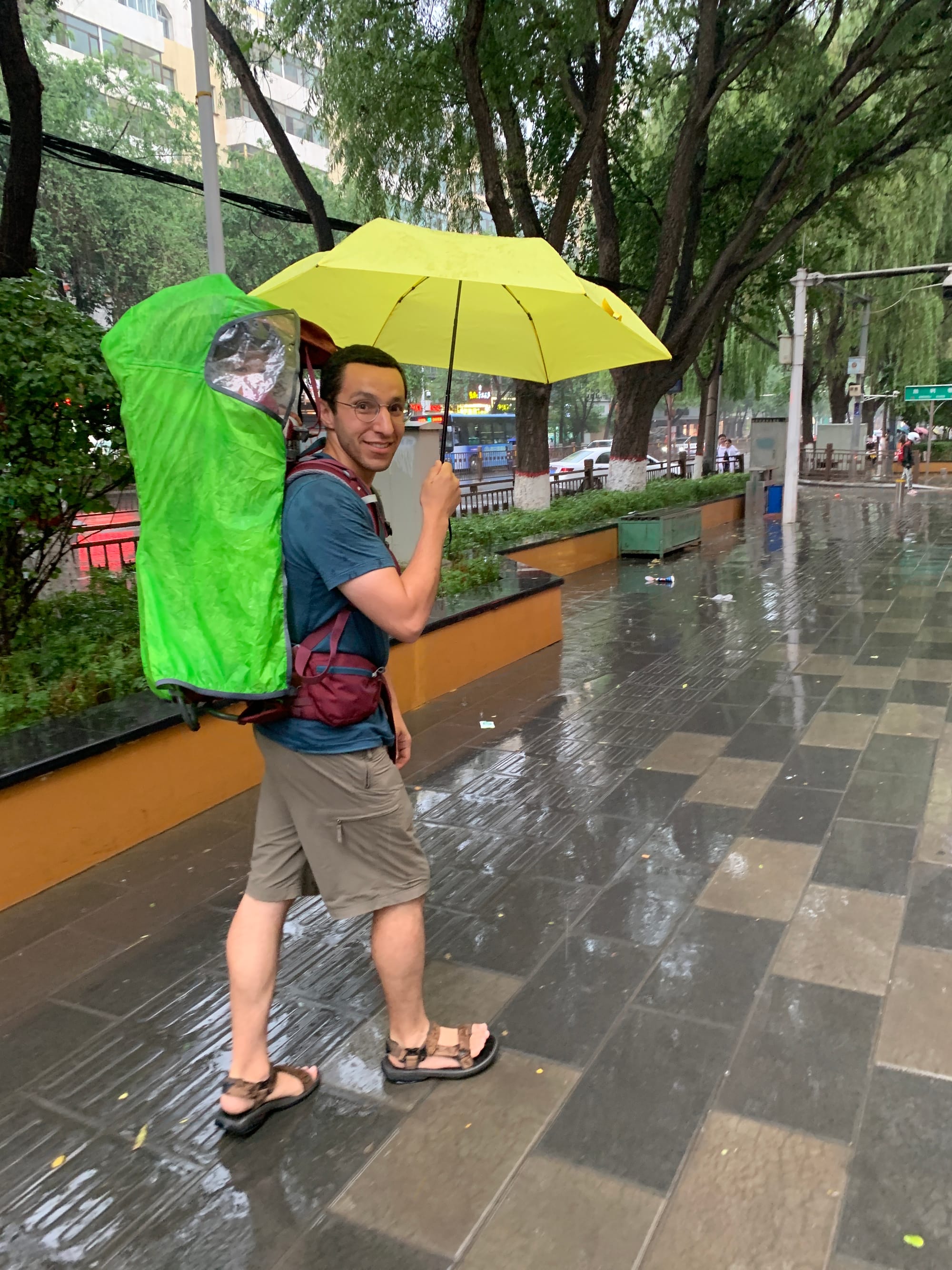
What to do next?
If you happen to pass by Xining, the chances are you are on your way to travel on Qinghai-Tibet railway to Lhasa. Hop on a train and explore further the Tibetan Plateau:
